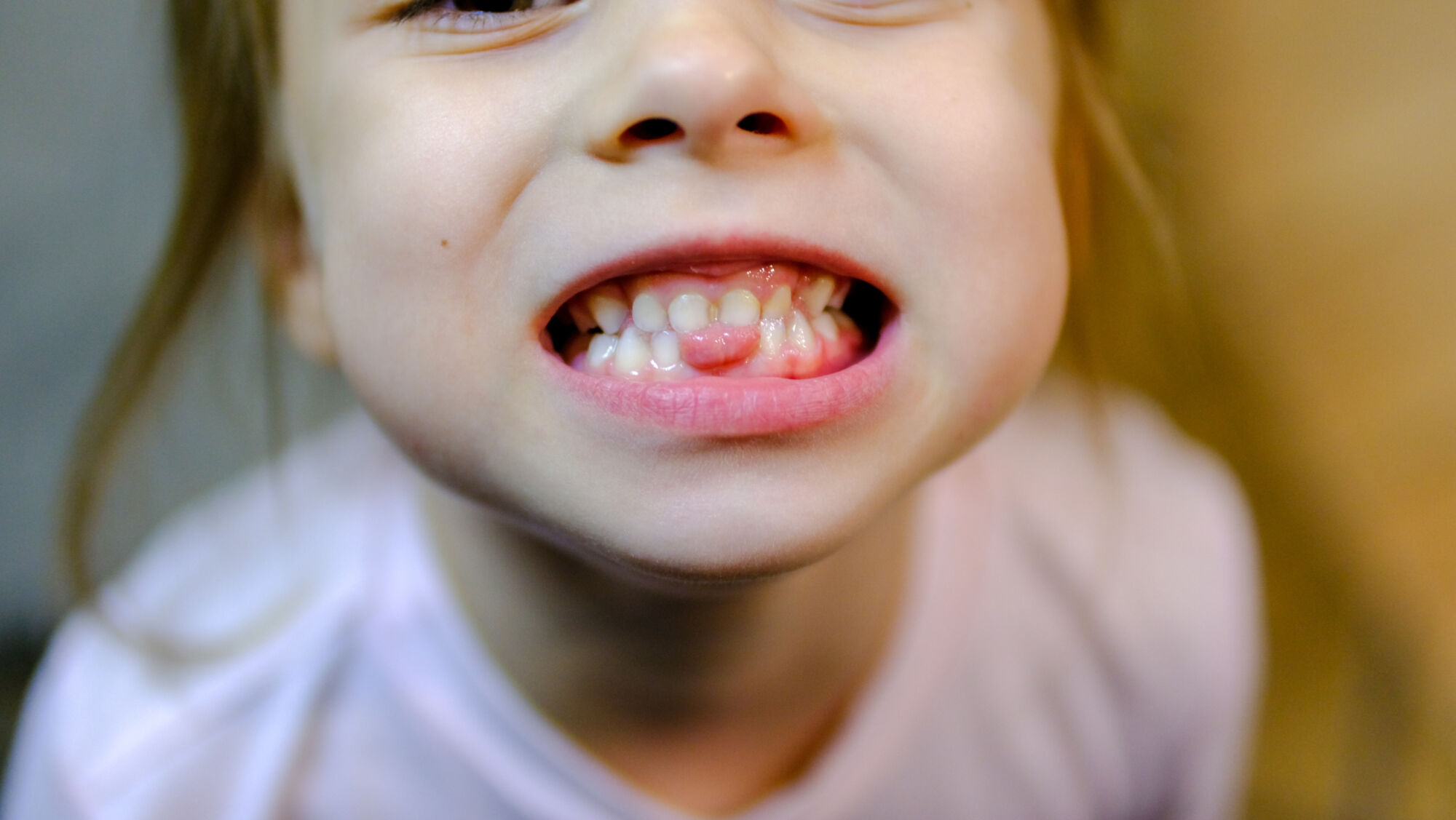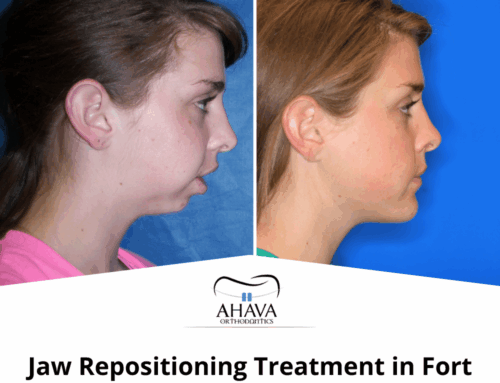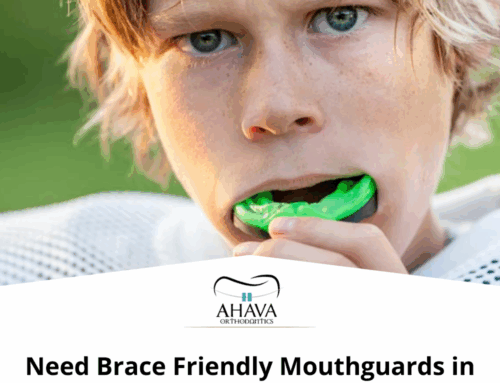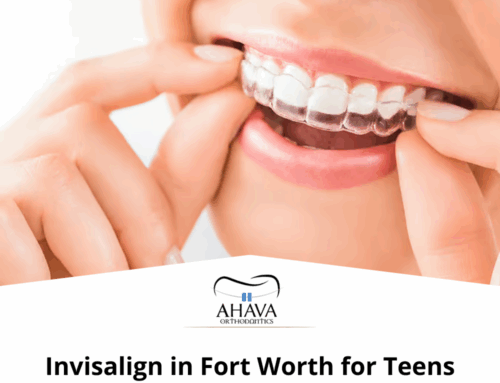Noticing that your child’s teeth are coming in crowded can be concerning, but the good news is that early action can make a big difference. Dental crowding in children is more than just a cosmetic issue—it can lead to long-term oral health problems if left untreated. If you’re seeing overlapping teeth, twisted teeth, or not enough space for new teeth to erupt, here’s what you should know and what steps to take next.
Why Teeth Crowding Happens
Crowding occurs when there isn’t enough room in the jaw for all of the teeth to erupt into their correct positions. This lack of space causes teeth to shift, overlap, or rotate, and can prevent permanent teeth from coming in altogether. Some of the most common causes of crowding include:
-
A small jaw or underdeveloped dental arches
-
Prolonged thumb sucking or pacifier use
-
Mouth breathing
-
Early or late loss of baby teeth
-
Genetics
In many cases, crowding begins to show up as early as age 6 or 7 when adult teeth begin to replace baby teeth. Early signs include overlapping front teeth, visible spacing issues, or teeth that are erupting at odd angles.

Why Early Treatment is Key to Longterm Health
While some parents may be tempted to wait until all permanent teeth come in before seeking treatment, that approach can sometimes make things more difficult in the long run. By age 7, most children have a mix of baby and adult teeth, which makes it the perfect time to evaluate how the permanent teeth are developing and if there’s enough space for them.
At Ahava Orthodontics in Fort Worth, Drs. Andy and Shawne Barron often recommend early orthodontic evaluations for this exact reason. Catching and addressing crowding problems early can prevent more serious issues from forming and may reduce the need for extractions or invasive treatment later on.
What to Expect During an Orthodontic Evaluation
Your child’s first orthodontic consultation will include a thorough assessment of their teeth, bite, and jaw development. X-rays and digital scans may be taken to determine how much space is available and how the permanent teeth are positioned.
If crowding is present, your orthodontist will discuss treatment options. In many cases, early intervention—often called Phase 1 treatment—may be recommended. This could include expanders, limited braces, or Myobrace therapy to guide jaw growth and create space for teeth to erupt properly.
Treatment Options for Dental Crowding
There’s no one-size-fits-all solution for crowded teeth. The right treatment depends on the severity of the crowding, your child’s age, and their overall dental development. Here are some common treatment options:
1. Palatal Expanders
These devices are used to gently widen the upper jaw. This is especially helpful for children whose jaws are too narrow to accommodate all their teeth. Expanders work best when a child’s bones are still developing, making early treatment highly effective.
2. Limited Braces or Space Maintainers
In some cases, your orthodontist may recommend partial braces or space maintainers to help keep room open for incoming teeth. These are temporary solutions designed to prepare the mouth for future full treatment.
3. Myobrace System
This pre-orthodontic treatment focuses on correcting poor oral habits—like mouth breathing or improper tongue posture—that contribute to crowded teeth. Myobrace uses soft, removable appliances worn a few hours a day and overnight, and is most effective in children aged 3–15.
4. Comprehensive Braces or Invisalign
If crowding is moderate to severe, your child may eventually need full braces or clear aligners to move teeth into their ideal positions. By starting with early treatment, the comprehensive phase may be shorter and less complex.
What Happens If You Wait?
Delaying treatment for dental crowding can lead to a number of complications, including:
-
Increased risk of tooth decay and gum disease due to difficulty cleaning crowded teeth
-
Jaw pain or TMJ issues from a misaligned bite
-
Speech or chewing problems
-
The need for tooth extractions or surgery later in life
It’s much easier to guide jaw growth and tooth eruption when your child is younger. Waiting until the jaw has stopped growing limits the treatment options available and can make correcting crowding more challenging.
What You Can Do Now
If you suspect your child’s teeth are crowding, the first step is to schedule an orthodontic evaluation. Don’t wait for all the adult teeth to come in—early assessments allow for timely, less invasive solutions. In the meantime:
-
Monitor how their teeth are erupting
-
Encourage good oral hygiene habits
-
Limit thumb sucking and pacifier use after age 3
-
Watch for signs of mouth breathing or jaw shifting
At Ahava Orthodontics, we provide family-centered orthodontic care in Fort Worth with a focus on early intervention and prevention. Drs. Andy and Shawne Barron are here to answer your questions and help your child grow into a confident, healthy smile.
If your child is showing signs of crowding, don’t wait. Schedule their first orthodontic evaluation today and give them the best start toward a beautiful smile.




